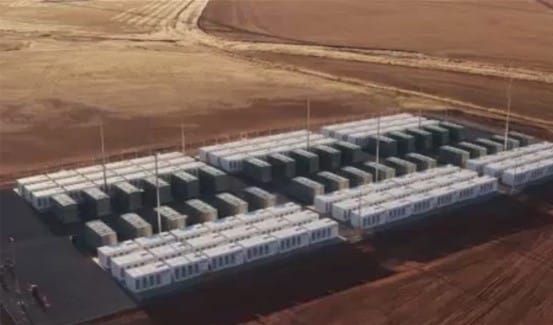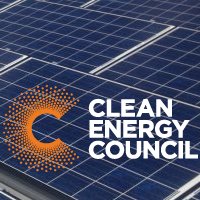Australia’s Clean Energy Council (CEC) has produced a summary of renewable energy trends that emerged in 2018. It signals a positive future for renewables, with solar power growing in popularity and helping to drive down energy prices.
CEC chief executive Kane Thornton described 2018 as a record year and “an amazing time” for the clean energy industry.
In this article we will be examining some of the renewable energy trends that are pushing the nation towards a low carbon future.

Rooftop solar installations tripled in capacity
At the end of last year, the two-million mark was reached for rooftop solar installations. This means about 20 per cent of Australian homes now support solar panels. Queensland has the most, with around 600,000.
This figure also represents a tripling of generation capacity from 2017, according to Green Energy Markets data.
Investment in big renewable energy projects doubled
By the end of 2018, investors committed $20 billion to over 80 renewable energy projects such as wind and solar farms and energy storage, in the process creating around 13,000 direct jobs.
Queensland was the biggest player with nearly $7 billion worth of investment and 4,500 direct jobs. Victoria followed at $5 billion investment, then NSW at around $4 billion.
Renewable energy trend contributed to lower prices
Renewable energy trends such as solar power are helping bring down energy prices, according to new research.
Studies by the Victorian Energy Policy Centre (VEPC), Australian Industry Group, the CSIRO and AEMO show renewables are becoming cheaper than coal and gas.
For example, VEPC research showed that in South Australia renewable generation resulted in wholesale prices being $38/MWh lower than if the Hazelwood and Northern coal-fired power plants remained open.
In addition, the Australian Energy Market Commission forecasts price decreases over the next two to three years in most regions. The main driver is lower wholesale prices due to 9,700 MW of new generation and battery storage.
The big battery exceeded all expectations
The Tesla Big Battery at the Hornsdale Power Reserve near Jamestown in South Australia exceeded expectations in 2018.
While not everyone believed the world’s largest battery would fulfil its promise, it not only reduced payments for peak demand generation, it brought in revenue.

Reports show the battery made $13 million in the first six months. It also saved $33 million through very fast stabilisation of the grid in peak demand periods, helping prevent blackouts.
It was recently joined by South Australia’s ‘Big Battery #2’, built in Dalrymple on the Yorke Peninsula.
The new facility is about one-third the size of the Hornsdale battery.












































